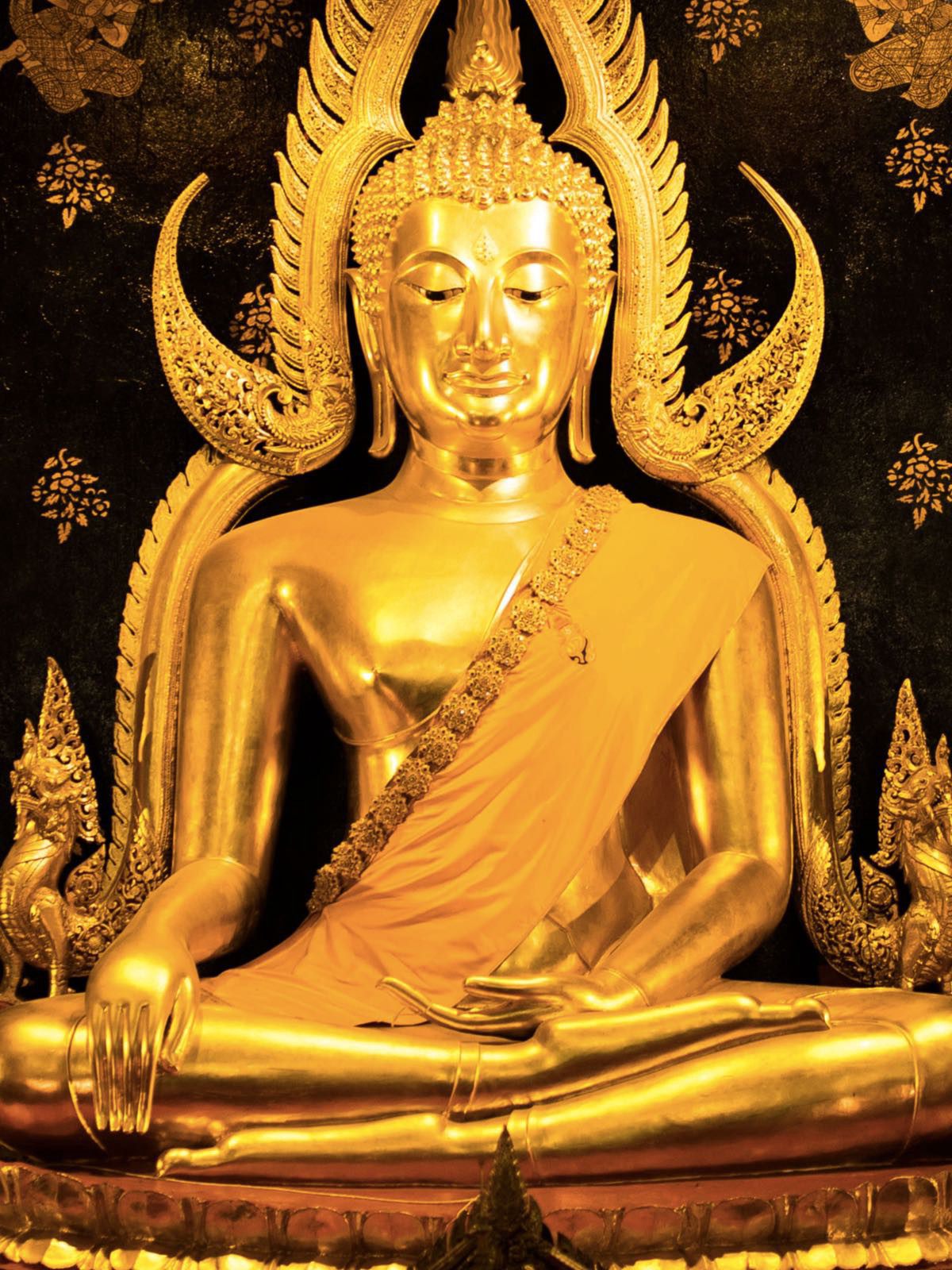Gold Warriors is more than a book about Japan’s “serious, sober and deliberate” plundering of Asia’s treasure from 1895 until 1945, and its collusion after the war with American officials to recover and use the loot as a secret political action slush fund to promote right wing regimes: Gold Warriors:America’s Secret Recovery of Yamashita’s Gold is a journey into the darkest recesses of history and the human soul. Authors Peggy and Sterling Seagrave not only unravel one of the greatest crimes and cover-ups ever, they reveal something new and startling about the depths of human depravity and barbarity, and the human capacity for deceit.
The book begins in 1895 with a fascinating account of the grisly assassination of Korea’s Queen Min by terrorists posing as business agents of Japanese companies. The clever coup d’etat provides Japan with official deniability, and the confusion that follows provides the Japanese with a pretext for its military occupation and plundering of Korea. Japan’s brutal conquest of Korea foretells how it will achieve one victory after another in Far East Asia over the ensuing 45 years.
The next victory occurs in 1904, when tiny Japan defeats Russia and annexes Southern Manchuria. Manchuria, unlike Korea, has little gold worth stealing. But it is rich in natural resources, so the Japanese settle in for the long haul, and slowly develop Manchuria over several decades. They build roads and create industries and, more importantly, they work with corrupt warlords and Chinese gangsters associated with Chiang Kai-shek’s Kuomintang Party to transform Manchuria into a vast poppy field. By 1937 the Japanese and their gangster and Kuomintang associates are responsible for 90% of the world’s illicit narcotics. They turn Manchu emperor Pu Yi into an addict, and open thousands of opium dens as a way of suppressing the Chinese. When subversion and propaganda don’t get the job done they commit unspeakable atrocities. In late 1937 and early 1938 the Japanese slaughter an estimated 350,000 Chinese civilians and prisoners of war in Nanking. Tens of thousands of women and girls are raped, and many are mutilated or murdered. Nanking foretells what will happen as Japan expands its empire to include Indochina, Malaysia, Taiwan, and the Philippines.
It’s also with the Rape of Nanking that the authors introduce the main characters in the book; the Japanese soldiers, crime lords, and officials who, by the December 1941 attack on Pearl Harbor, realize they have bitten off more than they chew, and begin their retreat to Japan. A small inner circle becomes responsible for securing billions of dollars worth of gold, platinum, cultural artifacts and precious gems stolen over the previous 45 years. The Japanese call this operation Golden Lily, and the Seagraves do not shy away from naming those involved. They finger General Doihara, and Japan’s top yakuza gangster, Kodama Yoshio, both of whom worked closely with Chinese drug smugglers in Manchuria and Shanghai. Golden Lily’s overall boss is Prince Chichibu, one of Emperor Hirohito’s three brothers. The Kempeitai were Golden Lily’s first agents, moving 6000 metric tons of gold from Nanking to Japan in 1938. But most of the Golden Lily treasure was buried in the Philippines by General Yamashita, and it is in the Philippines that most of the action in the book takes place. (more...)


No comments:
Post a Comment